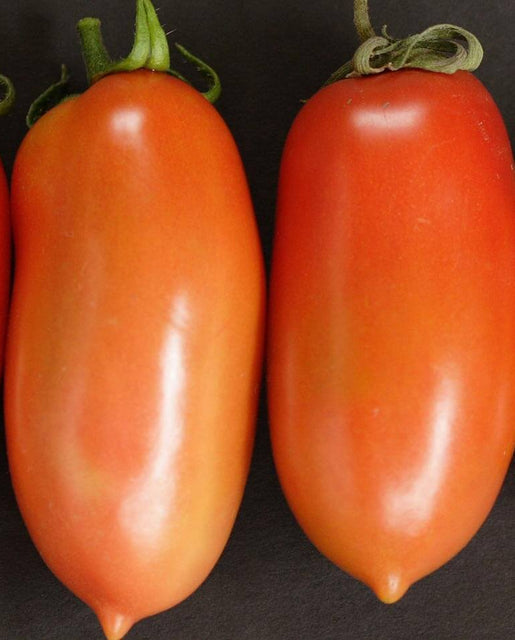Diseases & Pests
Blossom End Rot is an environmental disorder caused by a calcium deficiency. As the name of the disorder indicates it occurs at the blossom end of the fruit. It appears as a brownish dry and firm sunken area. Sometimes a secondary infection can occur at the damaged area, which turns it mushy and wet. Internal blackening can occur without the characteristic end rot. Calcium deficiency can happen when there is uneven watering. When the plants are too dry for a period followed by over watering, this encourages fast growth. The tomato plant can’t take up enough calcium resulting in an unbalanced potassium-to-calcium ratio. Early fruit show the affects sooner than later fruit. Digging in bonemeal, dolomite lime and a balanced organic fertilizer such as
Gaia All Purpose Blend 4-4-4 will help prevent this disease as will an even and regular watering schedule.
Late Blight: An airborne fungal disease. It begins as leaf spots before spreading to stems and fruit. Water soaked areas appear on the leaves. These are greenish black and irregular in shape. Brown cankers develop on the stems and fruit. Blight infected tomatoes can have a fishy smell. Often the fruit manages to almost reach maturity before the cankers take over. Sometimes a bluish grey mould grows on the underside of infected leaves and on the fruit cankers.
Prevention is key as there is no cure for the disease. Keep moisture off the plants. Use drip tape for watering and avoid splashing the leaves. Our cloche system is excellent for keeping rain and moisture off the plants. In a greenhouse or under a cloche, humidity can build up so high that the fungus will destroy plants in 24 hours. You must ventilate well.
Bordo Copper Spray applied regularly in late summer prevents the fungus that causes Late Blight to germinate. If applied with the OMRI listed Superflow Natural Surfactant the copper spray will stay on longer and there will be less need to apply other than after each rainfall or heavy dew.


















